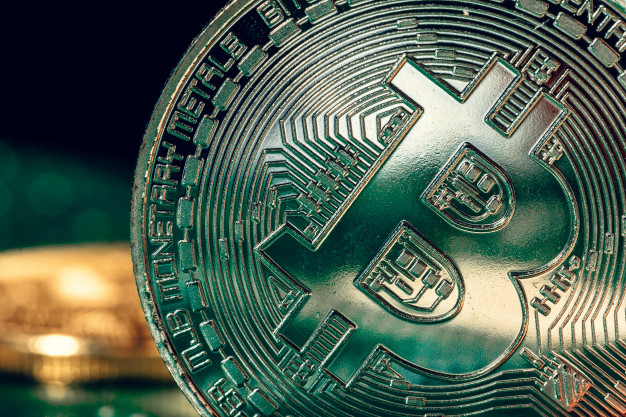So, you have recently launched a business, and that is great. However, in order for it to succeed, and even though you are just starting, you need to know with the various kinds of accounting services available. Becoming familiar with these services will allow you to know what is to come and how to handle the situation.
The ability to pinpoint the following will be a huge benefit to your business as you’ll ultimately require a few pairs of hands in order for it to excel. Ensure that you do in-depth research or consult professionals for detailed information. That being said, here are the common types of business accounting services.
A Closer Look At The Common Types of Business Accounting Services:
Bookkeeping
This is perhaps the most common type for companies that have just launched, up until the medium ones. Bookkeeping involves recording the daily activities that include your papers, files, and expenses. It is imperative to have everything in place as it is a common ground for new businesses. In this digital age, bookkeepers utilize accounting software like Knuula and Quickbooks to monitor financial information.
Tax Accounting
This is a form of tax income returns specialization. Professionals who specialize in this field are the best ones to consult when you are paying unnecessary taxes. They are ideally knowledgeable on the various tax fees that different areas have.
Chartered Accounting
Accounts under this field have their specialized field in the accounting domain. They are ideally part of the professional accountants that are skilled in an array of accounting range.
Forensic Accounting
Accountants in this fieldwork to figure out any tax discrepancies or possible tax fraud or evasion in the financial records. They can be able to identify any missing slots in detail, thus making them an ideal asset to law enforcement agents.
Financial Controller Services
This is a service that’s known to be the head of accounting departments. Their role is to assign work for employees, hiring as well as both internal and external. They ideally speak to clients and ensure that your company is performing well.
Public Accounting
This is a form of accounting that varies with the field. It consists of accountants in the management accounting domain, financial analysis, and much more. Since it is a broad type of business accounting, it is sometimes referred to as ‘assurance services.’
Accounting Audit
Accountants in this field are tasked with tracking down financial records, receipts, and statements to ensure all the information submitted is valid. With this, they’re able to know the status of your company and how it is progressing, which is an important aspect of running any business.
Management Accounting
Professionals in this domain of accounting are able to see the company’s financial data. Their role allows them to analyze your company’s assets, and are able to manage them properly. Not only that, but the accountants are able to budget the business’ allowance just in case you are planning to release a new service or product.
Internal Auditing
Accountants in this field look into your business’ practices to ensure that you are doing everything right in the eyes of the law. Ideally, they check for any malpractices, fraud and anything else that involves going against the law financial wise.
These are the most common types of business accounting.
Read Also:
























